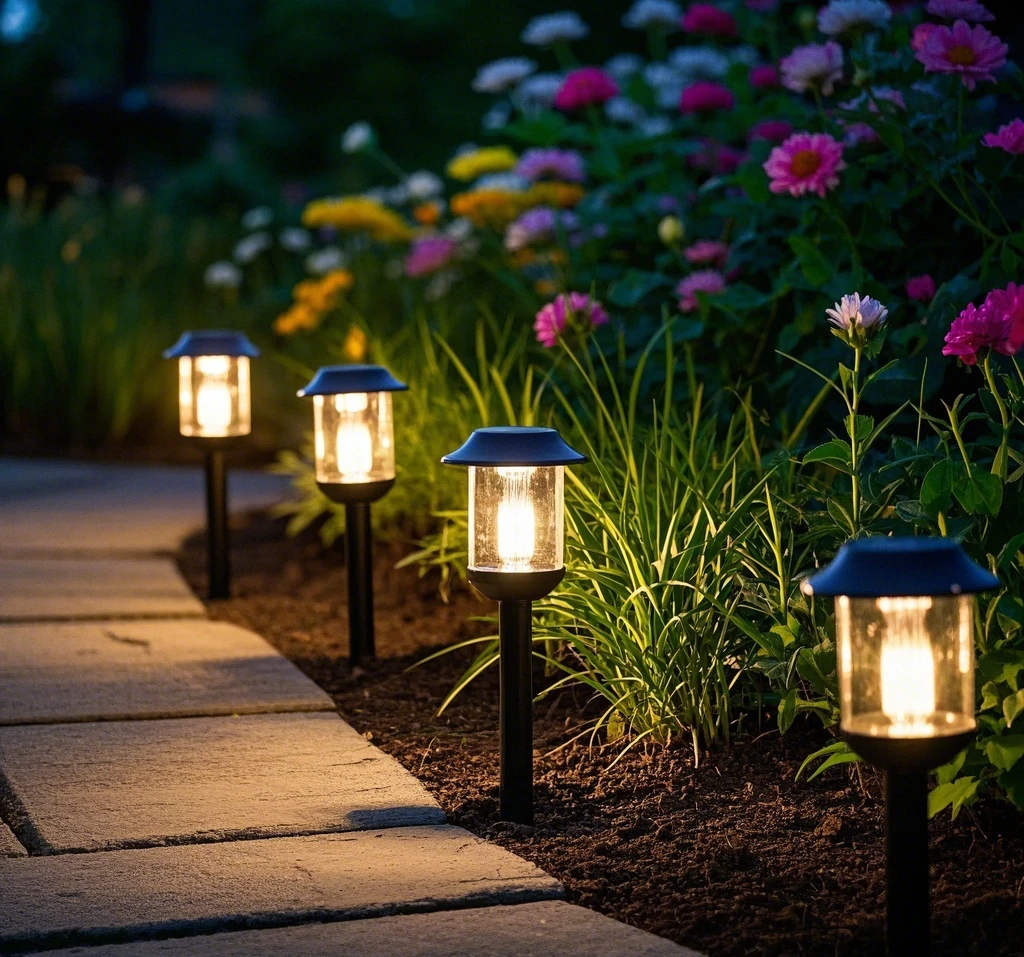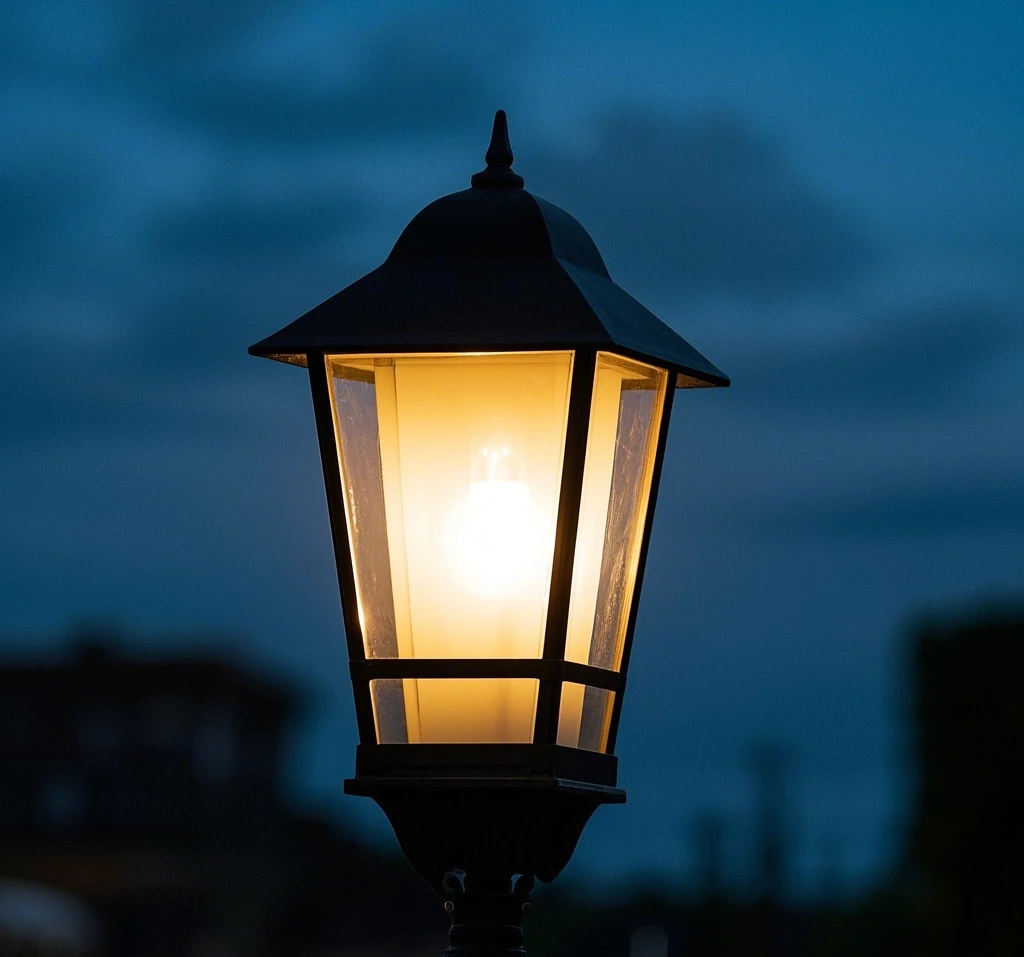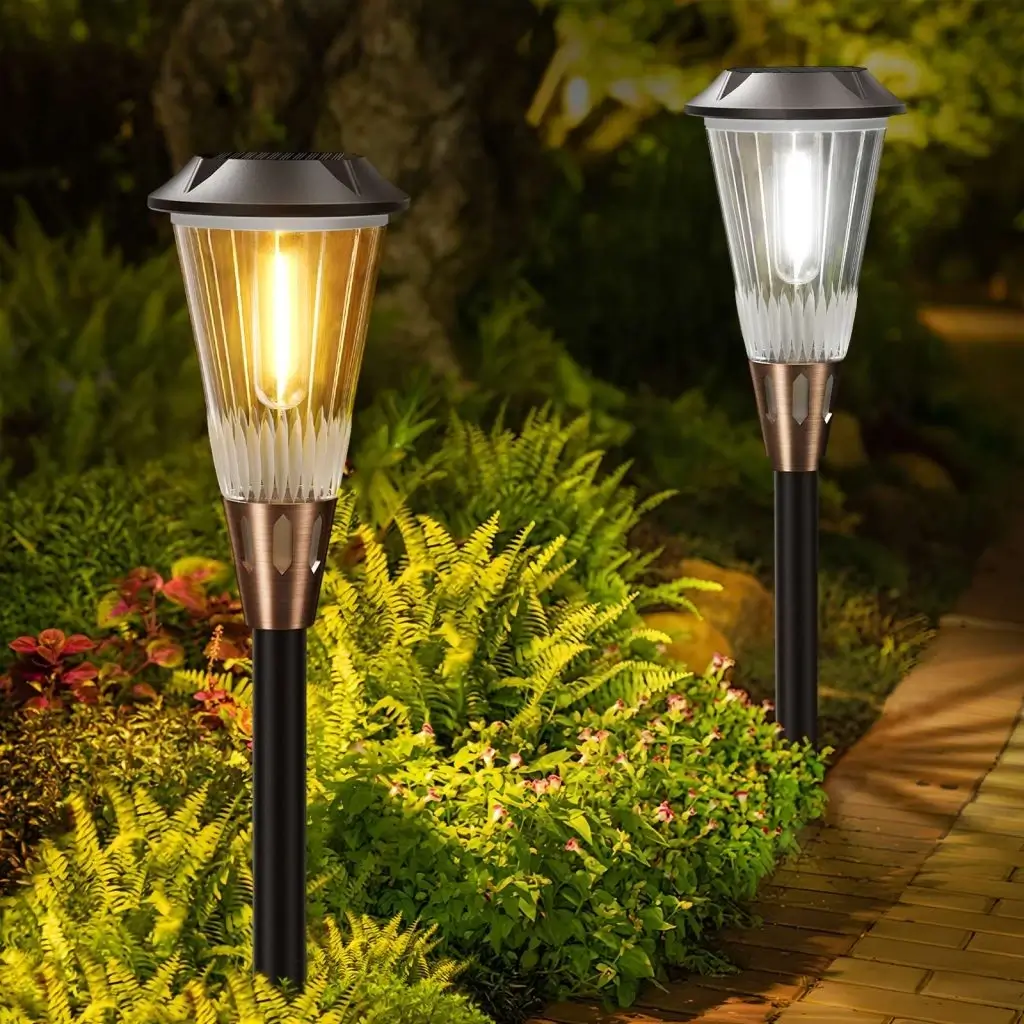Solar lights have become a go-to solution for eco-conscious homeowners, garden enthusiasts, and anyone looking to brighten up their outdoor spaces without hiking up their electricity bills. They’re easy to install, sustainable, and powered by the sun—a seemingly perfect combo. But here’s a question that pops up time and time again: Do solar lights need direct sunlight to work? If you’ve ever wondered whether your shady backyard can still benefit from solar lighting, you’re in the right place. In this article, we’ll dive deep into how solar lights function, what they need to perform at their best, and how you can make them work even in less-than-ideal conditions.

Spoiler alert: Direct sunlight isn’t always a must, but it sure helps. Let’s break it down step by step.
How Solar Lights Work: The Basics
To understand whether solar lights need direct sunlight, we first need to know how they operate. At their core, solar lights are powered by three key components:
- Solar Panel: This is the heart of the system. The panel captures sunlight and converts it into electricity through photovoltaic cells.
- Battery: The electricity generated during the day is stored in a rechargeable battery (usually lithium-ion or NiMH) for use at night.
- LED Light: When darkness falls, the stored energy powers the LED, illuminating your garden, pathway, or patio.
The process hinges on sunlight. The solar panel needs exposure to light to charge the battery, and the quality and duration of that light directly affect how brightly and how long your lights will shine. But does that light have to be direct sunlight? Not necessarily—and that’s where things get interesting.
Direct Sunlight vs. Indirect Light: What’s the Difference?
Before we answer the big question, let’s clarify what we mean by “direct sunlight” and “indirect light.”
- Direct Sunlight: This is unobstructed exposure to the sun’s rays. Think of a clear, sunny day with no clouds, trees, or buildings casting shadows on your solar panel.
- Indirect Light: This includes diffused sunlight (like on a cloudy day) or light filtered through shade, such as under a tree canopy or near a wall.
Solar panels are designed to work best with direct sunlight because it delivers the most intense and consistent energy. On a clear day, a solar panel can receive up to 1000 watts per square meter of energy from the sun. Indirect light, while still useful, provides significantly less—sometimes as little as 100-200 watts per square meter, depending on conditions. So, while solar lights prefer direct sunlight, they can still function with less.
Do Solar Lights Need Direct Sunlight? The Short Answer
No, solar lights don’t absolutely need direct sunlight to work, but they perform best when they get it. Most solar lights will still charge in indirect light or on cloudy days, though the charging efficiency drops. How well they work without direct sunlight depends on a few factors:
- The Quality of the Solar Panel: Higher-end models with monocrystalline panels are more efficient and can capture more energy even in low-light conditions compared to cheaper polycrystalline panels.
- Battery Capacity: A larger or more efficient battery can store enough energy to power the light even if it doesn’t fully charge during the day.
- Light Output: If your solar light has a low-wattage LED, it may still glow decently with a partial charge. Brighter lights, however, might dim or flicker without a full day of direct sun.
In short: Yes, they can work without direct sunlight, but don’t expect peak performance unless you’re giving them a front-row seat to the sun.

How Much Sunlight Do Solar Lights Actually Need?
The amount of sunlight your solar lights need depends on their purpose and design. Most manufacturers recommend 6-8 hours of direct sunlight for optimal charging. Here’s a breakdown:
- Decorative Garden Lights: These small, low-power lights often need just 4-6 hours of decent light (direct or indirect) to glow for a few hours at night.
- Pathway Lights: Mid-range models typically require 6-8 hours of direct sunlight to shine brightly for 8-10 hours.
- Security Lights: High-powered options with motion sensors demand 8+ hours of direct sunlight to ensure they’re ready for action all night long.
But what happens when direct sunlight isn’t an option? Let’s explore that next.
Can Solar Lights Charge in the Shade or on Cloudy Days?
Yes, solar lights can charge in the shade or on cloudy days—just not as effectively. Here’s why:
- Cloudy Days: Clouds diffuse sunlight, reducing its intensity. Studies show that solar panels can still generate 10-25% of their maximum output on overcast days, depending on cloud thickness. For a basic garden light, that might be enough to get through the night, albeit at reduced brightness.
- Shade: If your solar light is under a tree or awning, it’s relying on scattered light. This can drop efficiency even further—sometimes to 5-10% of full capacity. The light might still turn on, but it could run out of juice before dawn.
Real-world example: A user on a gardening forum reported that their solar string lights, placed under a pergola, stayed lit for about 3 hours after a cloudy day. Meanwhile, the same lights in direct sun lasted 10 hours. Location matters!
Tips to Maximize Solar Light Performance Without Direct Sunlight
If your outdoor space doesn’t get much direct sunlight, don’t despair. You can still make solar lights work for you with a few smart strategies:
- Choose High-Quality Panels: Opt for lights with monocrystalline solar panels, which are more efficient in low-light conditions.
- Position Strategically: Place lights where they’ll get the most light possible, even if it’s indirect. Avoid deep shade from buildings or dense foliage.
- Clean the Panels: Dust, dirt, and bird droppings can block light. Wipe the panels with a damp cloth every few weeks to keep them efficient.
- Upgrade the Battery: Some lights let you replace the stock battery with a higher-capacity one for longer runtimes.
- Use Reflective Surfaces: Place lights near light-colored walls or surfaces that can bounce extra light onto the panels.
- Adjust Expectations: On cloudy days or in shady spots, accept that your lights might not shine as long or as brightly—and plan accordingly.
Pro tip: If you’re in a particularly sun-starved area, consider hybrid solar lights that can also charge via USB as a backup.
What Happens in Winter or Low-Light Seasons?
Winter poses a double challenge: shorter days and weaker sunlight. In northern climates, where the sun barely peeks above the horizon, solar lights can struggle. Here’s what to expect:
- Reduced Charging Time: With only 4-6 hours of daylight (and often cloudy skies), your lights might not fully charge.
- Lower Efficiency: The sun’s angle in winter reduces the energy hitting the panels, even in direct sunlight.
That said, many modern solar lights are built with this in mind. Look for “all-weather” or “winter-ready” models with larger batteries or adjustable settings to conserve power. Some even have a “low mode” to stretch the charge over longer nights.
Common Myths About Solar Lights and Sunlight
Let’s debunk a few misconceptions floating around:
- Myth 1: Solar lights don’t work at all without direct sunlight.
Truth: They’ll still charge and function, just not at full capacity. - Myth 2: Solar lights need to be in the sun all day.
Truth: A few hours of good light can suffice for basic models. - Myth 3: Cloudy days ruin solar lights.
Truth: They’ll still charge, though more slowly.
Understanding these truths can help you set realistic expectations and choose the right lights for your needs.
So, Do Solar Lights Need Direct Sunlight?
The bottom line is this: Solar lights thrive in direct sunlight, but they don’t strictly need it to work. With the right placement, quality equipment, and a little patience, you can enjoy solar-powered illumination even in shady or cloudy conditions. Whether you’re lighting up a garden path or adding ambiance to a patio, solar lights offer flexibility and sustainability—just don’t expect miracles if the sun’s playing hide-and-seek.
Ready to give solar lights a try? Assess your space, pick a model suited to your light conditions, and let the sun (or even the clouds) do the rest.


Leave a Reply